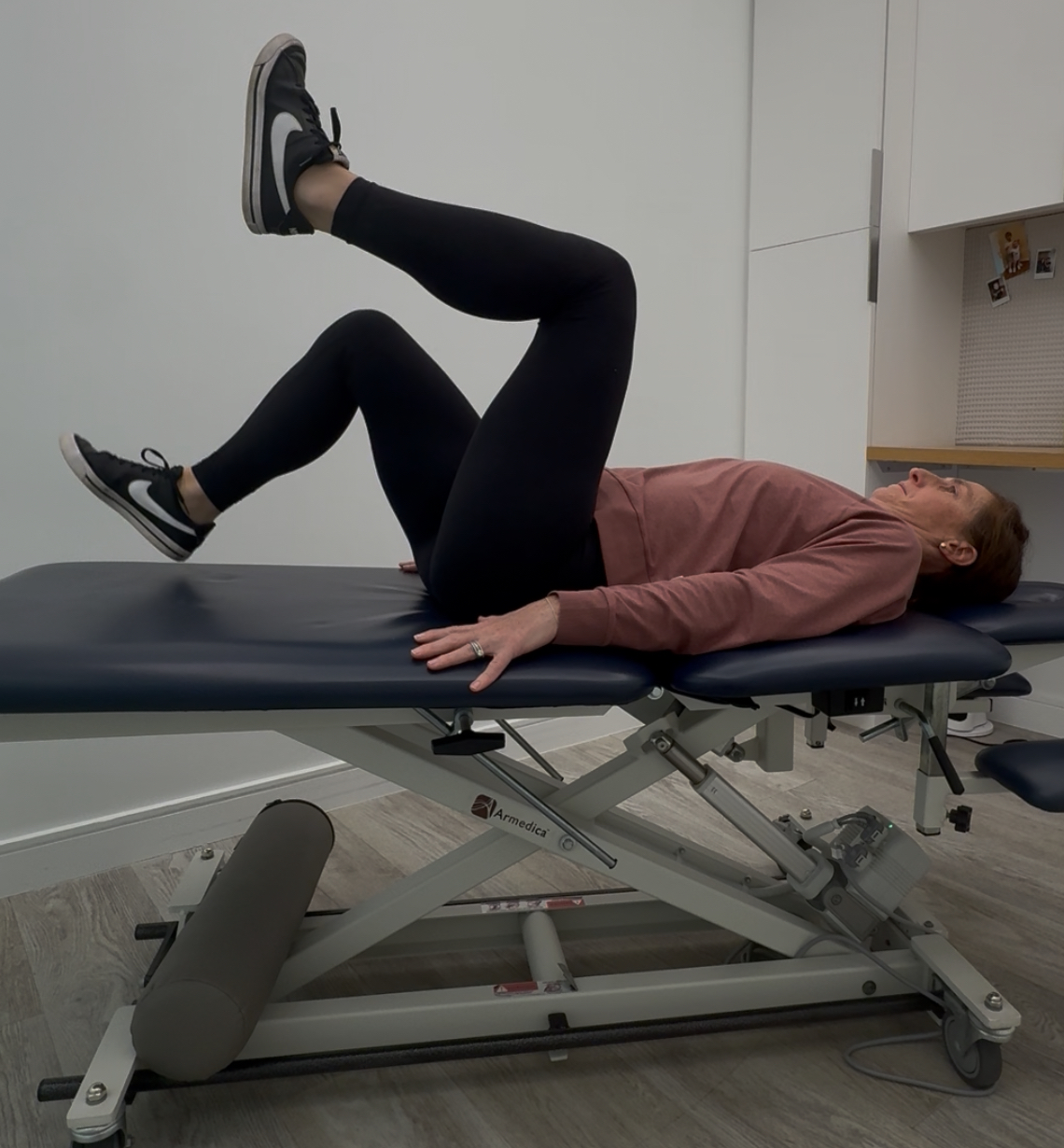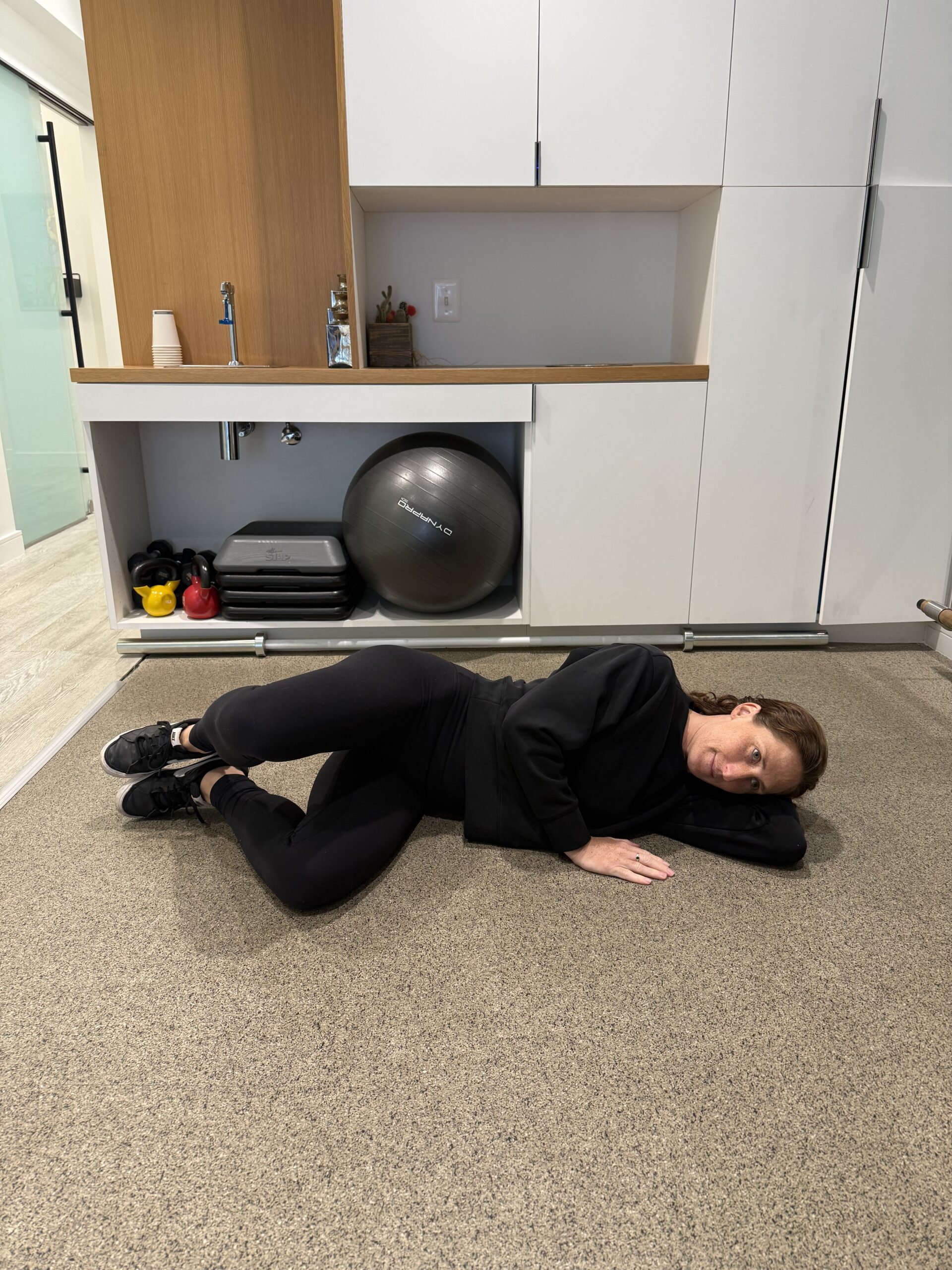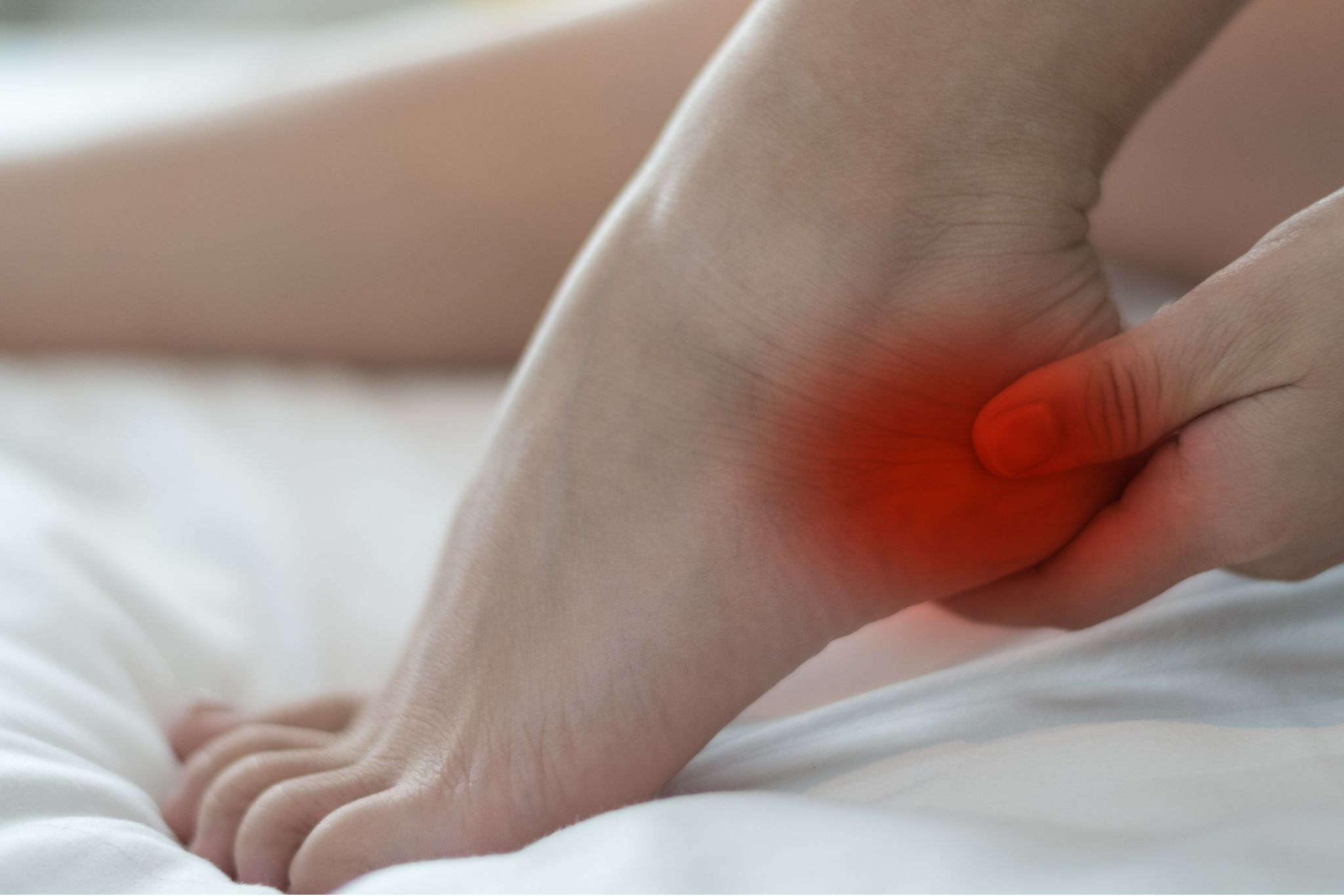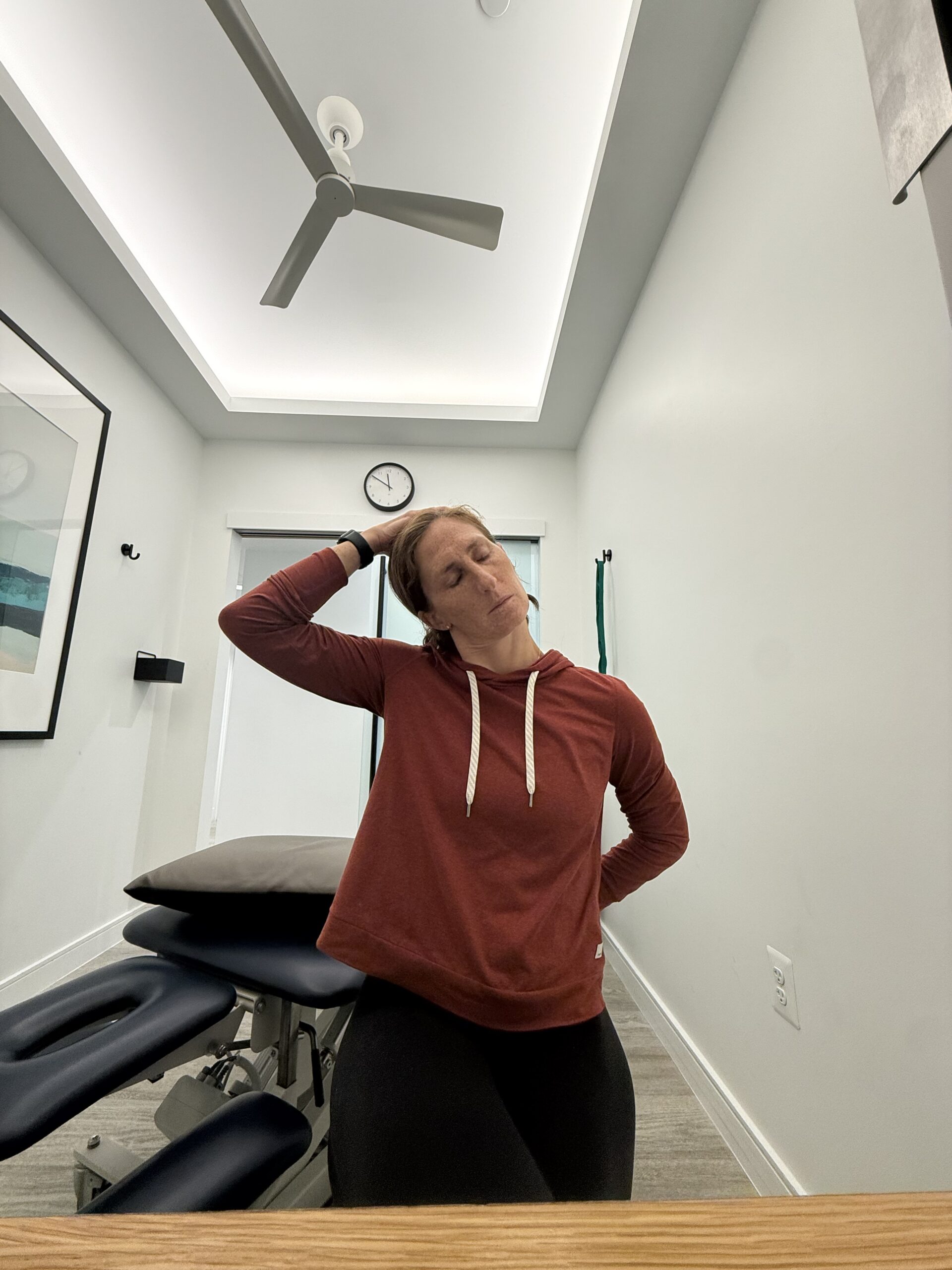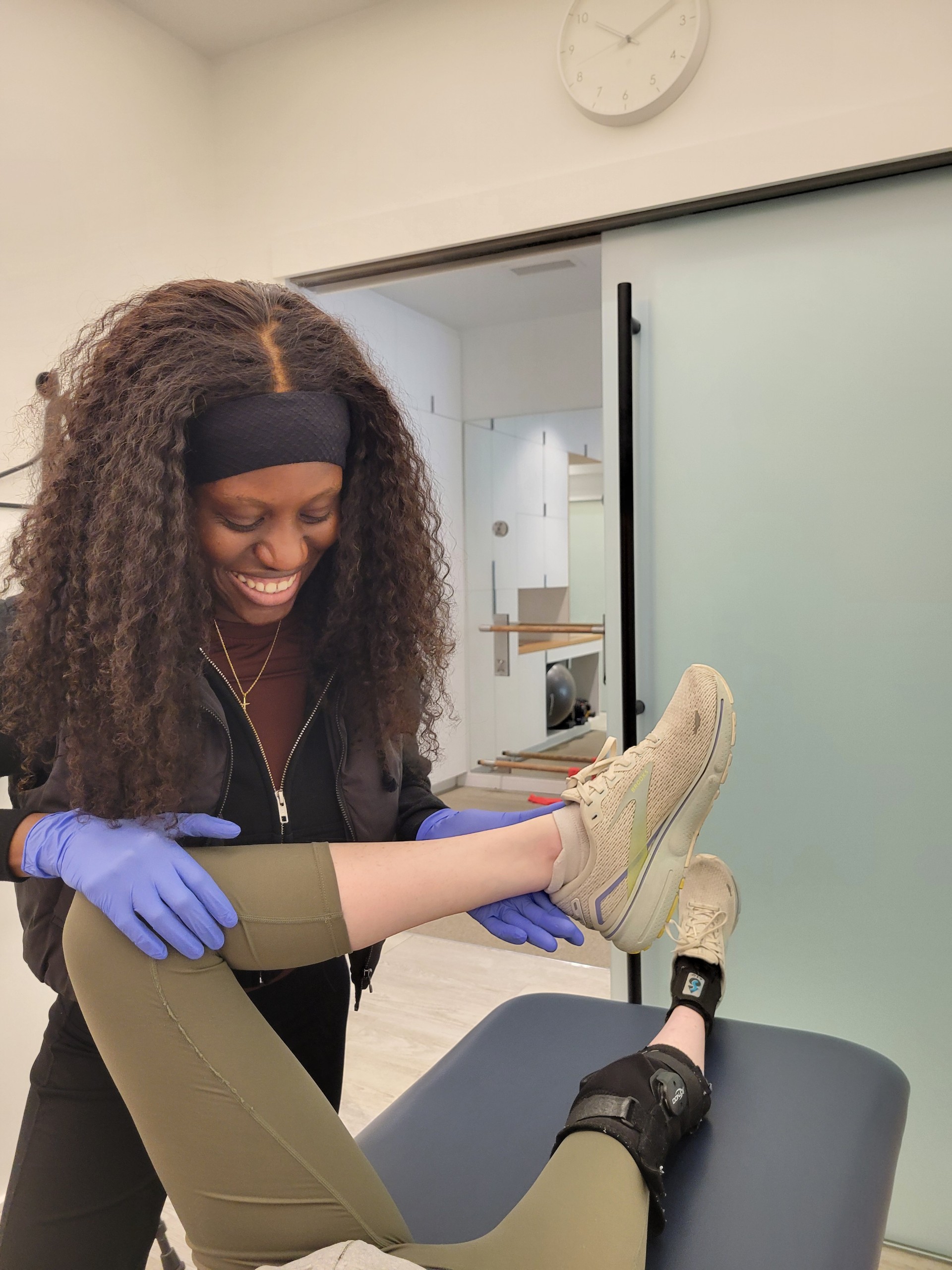Vulvodynia is a chronic pain condition affecting the vulvar area without an identifiable cause. Characterized by burning, stinging, irritation, or rawness, this condition can have profound effects on quality of life, intimacy, and emotional well-being. While traditional treatments such as medications, physical therapy, and lifestyle changes provide relief for some, many patients struggle to truly get rid of their pain. Physical therapy for vulvodynia can help with treating tension, shortened muscles, or impaired motor control. One emerging therapy gaining attention in the field of pelvic floor treatment is shockwave therapy, and is often used in combination with physical therapy. .
What Is Vulvodynia?
Vulvodynia is chronic pain in the vulvar area. The pain may be localized (often in the vestibule, known as vestibulodynia) or generalized, and may be constant or triggered by touch, such as during sexual intercourse, tampon insertion, wearing certain clothing or even prolonged sitting.
Causes and Risk Factors
While the exact etiology remains unknown, potential contributing factors include:
- Nerve injury or irritation
- Muscle dysfunction in the pelvic floor
- Inflammatory conditions
- Hormonal imbalances
- History of infections (e.g., recurrent yeast infections)
- Psychological factors such as anxiety and trauma
Traditional Treatments
Treatment for vulvodynia is often multidisciplinary and may include:
- Topical lidocaine or estrogen creams
- Oral medications (e.g., tricyclic antidepressants, anticonvulsants)
- Pelvic floor physical therapy
- Cognitive behavioral therapy (CBT)
- Surgical options in severe, localized cases
While helpful for some, these therapies don’t work universally and often come with side effects or require long-term commitment.
So what is Shockwave Therapy?
Extracorporeal Shockwave Therapy (ESWT) is a non-invasive technique traditionally used in orthopedics to treat tendinopathies and soft tissue injuries. More recently, it has shown promise in treating chronic pelvic pain syndromes, including vulvodynia.
How It Works
Shockwave therapy uses low-frequency acoustic waves to stimulate healing in affected tissues. The proposed mechanisms include:
- Increased blood flow to tissues, aiding healing and reducing ischemic pain
- Neuromodulation, helping desensitize overactive nerve endings
- Reduction of inflammation and myofascial trigger point release
- Stimulation of tissue regeneration through microtrauma and angiogenesis
Cost, Safety and Side Effects
Shockwave therapy is generally well tolerated and cheaper than long term pharmaceutical treatments. Most patients report minimal discomfort during treatment, and side effects—such as mild bruising or temporary soreness—are rare. Unlike surgery or long-term medications, it does not involve systemic risks and is non-hormonal.
Research and Conclusion
In a randomized, double blind, placebo controlled study, there was significant improvement in patients who received shockwave treatment than those who did not. Shockwave treatment for vulvodynia is a non-invasive treatment that is low cost, reduces the risk of long term medication and provides some long term relief. For individuals struggling with the persistent pain from vulvodynia, shockwave therapy offers hope. If you’re considering this treatment, contact our pelvic floor physical therapist at Release Physical Therapy. Shockwave therapy combined with pelvic floor physical therapy may be the combination to help fix your chronic pelvic pain.
Mommy Thumb (PT + Shockwave)
December 12, 2025
Core Strengthening is more than bicycle kicks and crunches
December 1, 2025
Clamshells aren’t the answer
November 10, 2025
Have you hit a plateau with your plantar fasciitis treatment?
October 27, 2025
Don’t Get Gaslit into What Exercise is Best for You.
October 16, 2025
It’s Marathon Season!
October 1, 2025
Sit too much? Try these tips.
September 17, 2025
Meet your therapist, Stephanie
July 10, 2025



